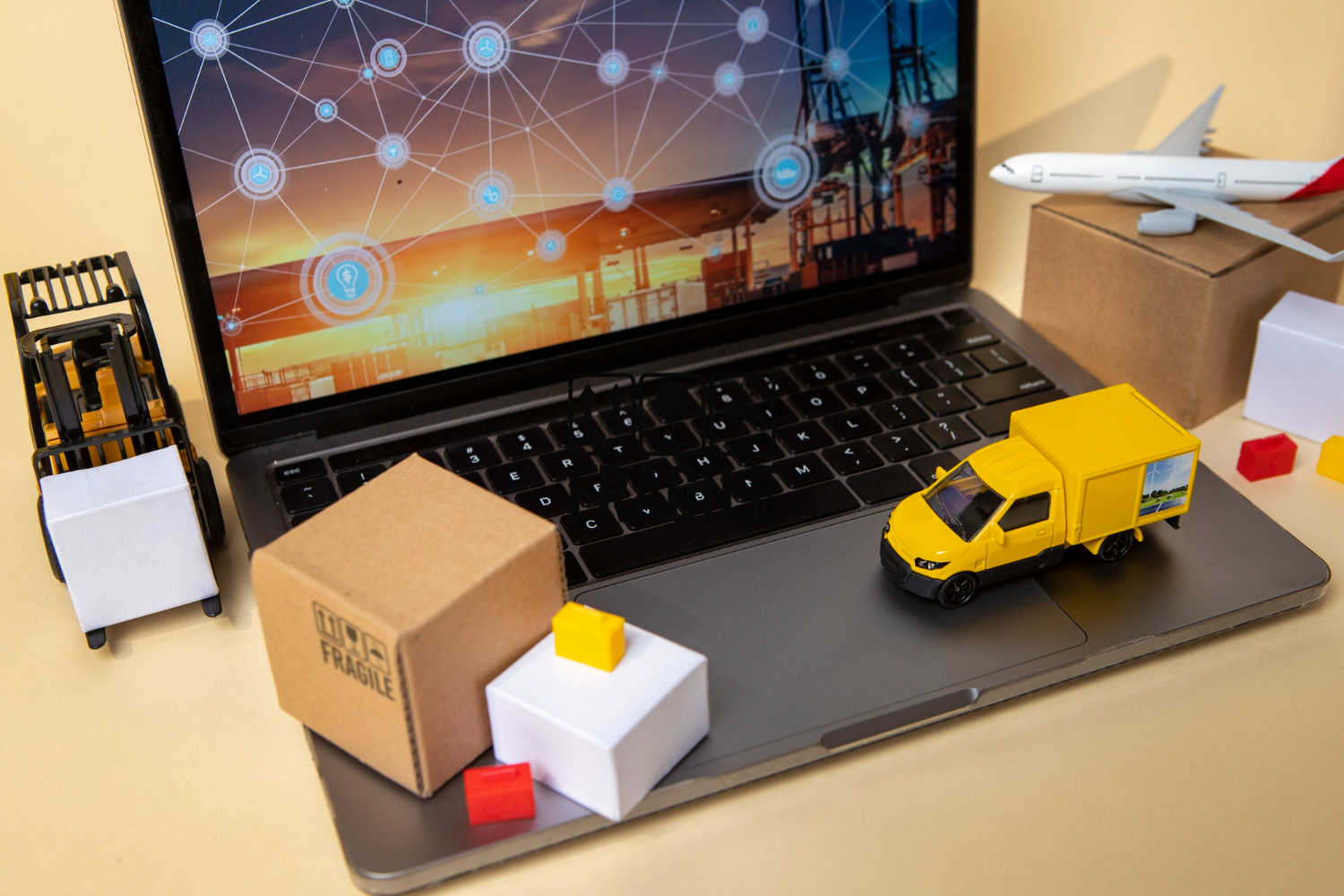It’s important for supply chain managers to be aware of the latest technologies.
They must know how to integrate those technologies with the existing systems. Doing this optimizes the efficiency of the global supply chains and improves overall transparency.
However, the updated technologies aren’t easy to implement. Initially, the supply chain might face some difficulties in implementing them, and that initial hiccup is necessary for the benefits to come.
The first step toward overcoming those barriers to adopting tech is identifying them. Throughout this blog post, we have discussed several barriers to adopting new tech in the supply chain.
Common Barriers To Tech Adoption In Global Supply Chains
When you participate in the global supply chain system, you can encounter different types of tech barriers.
Some common barriers include:
Integration Complexities
To truly harness the benefits of digital transformation, organizations should consider investing in a comprehensive supply chain execution solution.
However, the integration of new tech becomes difficult due to several complexities regarding new technologies.
New technologies come with a steep learning curve. A prudent manager must adopt an integration process that’s methodically taken care of. It’s best to set up an integration team that will take care of the process from start to finish.
Budgetary Limitations
The biggest challenge for supply chain companies is with investment. The upfront cost and the maintenance cost for any new technology often seem like extra weight on a budget.
However, avoiding the integration of new technologies can also cause a loss of money through missing an opportunity. Adopting a new technology is rewarding. It often returns long-term savings.
For example, a supply chain company can benefit a lot by migrating its data to a cloud computing solution.
It can keep their data safe and secure, with a group of IT staff watching over it. This tech solution offers more secure collaboration through mobile devices.
Data Security Concerns
Adopting new technology also requires global supply chains to be fully functional, with the implications of the data in use. Criminal hackers can try to invade the privacy of the employee who maintains the supply chain.
When the attackers try to breach a network using malware, it can lead to theft of intellectual property or lock down data during a ransomware attack. This can also threaten to not restore access to important information till you pay the ransom.
Sometimes, you’ll have to implement advanced protocols for ensuring optimized cybersecurity. It’s crucial for making sure you comply with global data restrictions and privacy.
Workforce Readiness & Training
Another common barrier to integrating new tech into the supply chain is a lack of readiness among the workforce. New tech is difficult to learn and adopt at an organizational level.
Many organizations often lack the skills and training needed to use and implement a new technology.
Also, supply chain managers often see skill training as expensive and an additional cost. Sometimes this can lead to ignoring a skill training program.
There has to be a change management strategy to ensure that the employees are comfortable with the technology.
External Factors
There are external factors as well. A supply chain operation can be disrupted if there is any political instability, pandemic, or environmental calamity. It can impact the overall implications of a new technology.
It’s important to anticipate several levels of disruptive scenarios and build immunity systems that can keep the supply chain operational.
Although not all external factors are easy to track, some aren’t difficult to anticipate and build protection against.
What Are The Solutions To Tech Adoptions In Supply Chain?

It’s known to almost every supply chain manager that new technologies like cybersecurity and blockchain are important for cybersecurity.
Address Resistance to Change
A new technology is often hard to embrace for employees. That’s why it’s best to start with understanding the resistance to some changes and build training modules to help them move ahead.
This is how the employees can move ahead with the training, easily adapt to new technologies, and proceed further.
Creating an Integration Roadmap
Global supply chains have intricate operational processes, making it almost impossible for a new tech to blend into the operations. That’s why it’s important to build a process or a roadmap first.
There has to be a timeline, resources, and a roadmap that breaks down the integration step by step.
Building smaller projects around the tech implementation can also help. This way, the IT team and the people involved in the project can move forward with the integration.
Focusing on Human Centric Approach
Even if it’s a tech solution for the supply chain, the approach has to be human-centric. The business must focus on adopting the tech with people. So, instead of stressing over a quick adoption, it’s best to focus on people.
As long as the supply chain managers are able to build a human-centric approach, it shouldn’t be difficult to implement new tech in the supply chain.
Developing Robust Cybersecurity
Companies must prioritize the development of robust cybersecurity frameworks, ensure compliance with international data protection regulations, and establish clear data governance policies to build trust and protect sensitive information.
Comprehensive Supply Chain Execution Solution
Such systems integrate various components like order management, inventory tracking, transportation management, and warehouse operations into a cohesive platform.
By doing so, they provide real-time visibility, streamline processes, and enable faster decision-making.
These capabilities are especially crucial in today’s volatile market environment, where agility and responsiveness can distinguish between success and failure.
Overcome Barriers In The Global Supply Chain For Success!
Finally, collaboration across the supply chain ecosystem is vital. Tech adoption cannot occur in a vacuum.
Furthermore, suppliers, logistics providers, and customers must all be aligned in their use of technology to maximize benefits.
Creating partnerships based on transparency and shared goals can foster a more synchronized and innovative supply chain.
In conclusion, overcoming barriers to tech adoption in global supply chains is no small feat, but the rewards are substantial.
Ultimately, with thoughtful strategy, investment, and collaboration, companies can turn these challenges into opportunities, unlocking new levels of efficiency, resilience, and competitive advantage in an increasingly digital world.
Read Also:




Leave A Comment